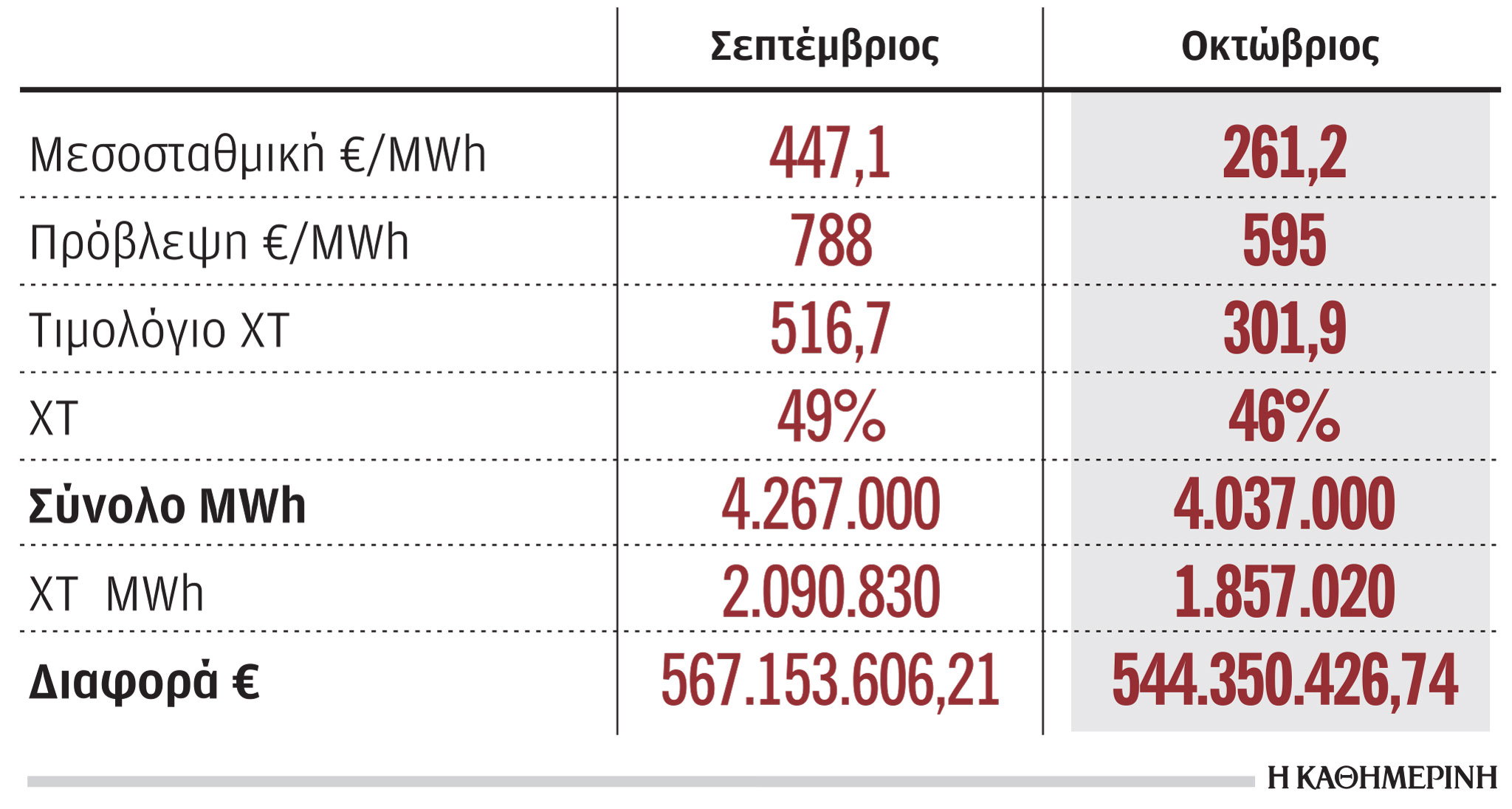
It cost several times more than what was delivered. adjustment clause Added to electricity bills a new pricing model that was established by law and came into effect last August. Amid political and social pressures caused by the relentless rise in electricity prices, the Ministry of Foreign Affairs hastily replaced the demonized bailout clause with pricing per kilowatt-hour based on a ten-day forecast of next month’s wholesale pricing. The first takeaway from almost four months of implementation of this new model is that it has delivered the desired policy end result, but with additional costs for the government and consumers, and significant risk for providers.
While prices in the wholesale market have been steadily declining for opportunistic reasons since the adoption and implementation of the new pricing formula, monthly prices announced by suppliers consistently exceed total costs (including profit margins and operating expenses). This is because providers, who initially feared that the new “casino model”, as they describe it, would lead to growth, are laying down the most extreme price scenarios in the wholesale market in order to avoid the high risk that forecasting in the background entails. strong market volatility.

The very large increase caused by the removal of the adjustment clause was not immediately noticeable to consumers as the new pricing model was combined with generous subsidies to keep tariffs at an acceptable level. The burden fell on the Energy Transition Fund and, to a lesser extent, on the state budget, which had to pay increased subsidies of more than 1 billion euros in the two months of September-October alone in order to finally cover the risk of suppliers, which would not exist with an adjustment clause. The Home Office is trying to fix this later through a statutory provision it introduced during the week to tax supply market windfalls, indirectly holding suppliers accountable by regulation forcing them to bill monthly, essentially playing roulette.
In October, the price per megawatt-hour was 595 euros, and with a reservation – 301.9 euros.
According to the data processed by “K” and based on the official data of the Energy Exchange, ADMIE and DEDDIE on the dynamics of prices in the wholesale market, additional fees for the formation of the wholesale cost of electricity and consumption in the two September months. As of October, the total cost of electricity for low voltage has risen by €1.11 billion, more than if it had been valued with an adjustment clause.
In September, the PPC tariff, which every time is also the starting point for determining subsidies, was set at 788 EUR/MWh based on the forecast, while the total wholesale price was finally set at 516.7 EUR/MWh -hour, which gives a surplus of 567,153,606 euros. Accordingly, in October the price of a megawatt-hour based on the forecast was 595 euros, and with an adjustment clause – 301.9 euros. In September, electricity subsidies reached 1.9 billion euros, and in October – 1.1 billion euros.
The higher retail price of electricity due to the refurbishment clause is also confirmed by the RAE in an information letter to the Home Office in October. According to them, the average price of tariffs for the population with a corrective clause will be lower by 15.3% in August and by 57% in September.
Lori Barajas is an accomplished journalist, known for her insightful and thought-provoking writing on economy. She currently works as a writer at 247 news reel. With a passion for understanding the economy, Lori’s writing delves deep into the financial issues that matter most, providing readers with a unique perspective on current events.